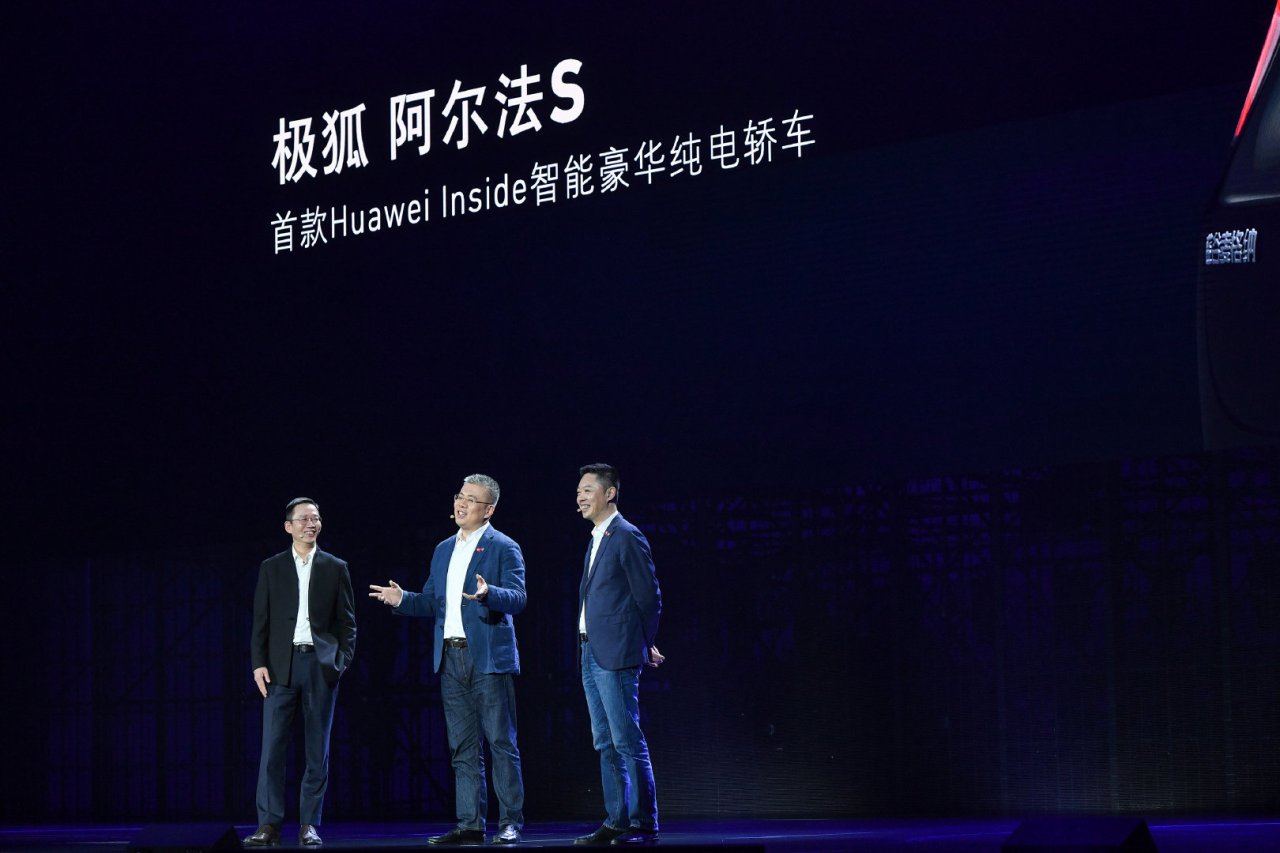As the automotive landscape transforms, propelled by unprecedented technological advancements, many Chinese tech behemoths are racing to stake their claim in this lucrative domain. Among these is Huawei, a titan known for its prowess in telecommunications and innovative tech solutions. While numerous companies have openly embraced the allure of car manufacturing, Huawei has taken a different route, strategically positioning itself as a Tier 1 supplier. Let’s delve deeper into this fascinating narrative and uncover Huawei’s aspirations in the automotive sector.
The Shift in the Automotive Ecosystem
In recent months, companies such as Baidu and Xiaomi have boldly ventured into car production, opting to partner with established car manufacturers. This trend has undoubtedly raised eyebrows and led to conjecture about who would be next in line. Naturally, Huawei’s name frequently surfaces as a strong candidate due to its vast experience in production and supply chain management. However, Huawei has made it abundantly clear that becoming a carmaker is not its ambition. Instead, they intend to furnish next-level automotive technology, akin to Bosch, being at the core of innovation while leaving branding to those actually assembling the vehicles.
The Vision: A Partnership of Expertise
- Engagement with OEMs: Huawei’s strategy involves direct collaboration with significant automotive manufacturers, which includes engaging with industry leaders such as BAIC and Chang’an Automobile.
- Information and Communication Technology (ICT): The company asserts that their real value lies in their ICT expertise, which can be harnessed to shape the future of automotive technology.
- Established Relationships: Eric Xu, Huawei’s rotating chairman, emphasizes that his ongoing dialogue with automotive CEOs reflects a clear acknowledgment of the need for Huawei’s technological prowess in the automotive world.
Huawei Inside: Accelerating Innovation
Huawei’s ambitious strategy is materializing with the introduction of products like the Arcfox Alpha S, which boasts the company’s innovative “HI” system. This electric vehicle is powered by Huawei’s Kirin chip and features the highly anticipated HarmonyOS, further solidifying Huawei’s commitment to integrating smart technologies into vehicles. Offering functionalities such as automated driving and fast charging, Huawei’s Vision positions it as an integral player in the push towards smarter transportation.
Debating the Levels of Autonomy
A significant highlight of Huawei’s entry into the automotive realm revolves around the claim that the Alpha S has achieved Level 4 (L4) capabilities. This assertion has spurred discussions, particularly around the legality and safety of such technology. Despite the impressive technology showcased in various demonstrations, critics underscore that true autonomy—eliminating the need for a safety driver—remains a substantial hurdle.
Huawei’s executives acknowledge these challenges, emphasizing the need for extensive operational data before making definitive claims about full autonomy. They are clear that the high bar set by the strict definitions of L4 presents a daunting challenge, establishing a fascinating dialogue between technology and regulation in this captivating industry.
The Role of 5G in Autonomous Driving
Many believe that the roll-out of 5G technology will act as a catalyst in enhancing autonomous driving capabilities. However, Huawei’s approach suggests a more nuanced view. Executives at the company argue that relying solely on advanced wireless technology can lead to dependencies that may risk safety and reliability.
Instead, they assert that true independence is paramount — smart vehicles should autonomously navigate without continuous support from external sources. This desire for self-reliance within automotive technology encapsulates Huawei’s overarching philosophy and reflects broader concerns surrounding the reliability of network infrastructure critical for autonomous vehicles.
Conclusion: The Road Ahead
Huawei’s evolution from a telecommunications heavyweight to a sought-after Tier 1 supplier illustrates a remarkable shift in strategy, highlighting the collaborative dynamics needed in the contemporary automotive landscape. As major tech players continue to push for innovation in the automotive sector, the partnership-driven approach Huawei embodies may very well be the key to unlocking advancements necessary for the future of transportation.
As Chinese companies increasingly seek homegrown alternatives amidst global uncertainties, Huawei is well-equipped to redefine the role of tech giants within the automotive sphere. In doing so, the company stands to potentially usurp the hierarchy currently dominated by Western counterparts.
At fxis.ai, we believe that such advancements are crucial for the future of AI, as they enable more comprehensive and effective solutions. Our team is continually exploring new methodologies to push the envelope in artificial intelligence, ensuring that our clients benefit from the latest technological innovations.
For more insights, updates, or to collaborate on AI development projects, stay connected with fxis.ai.

